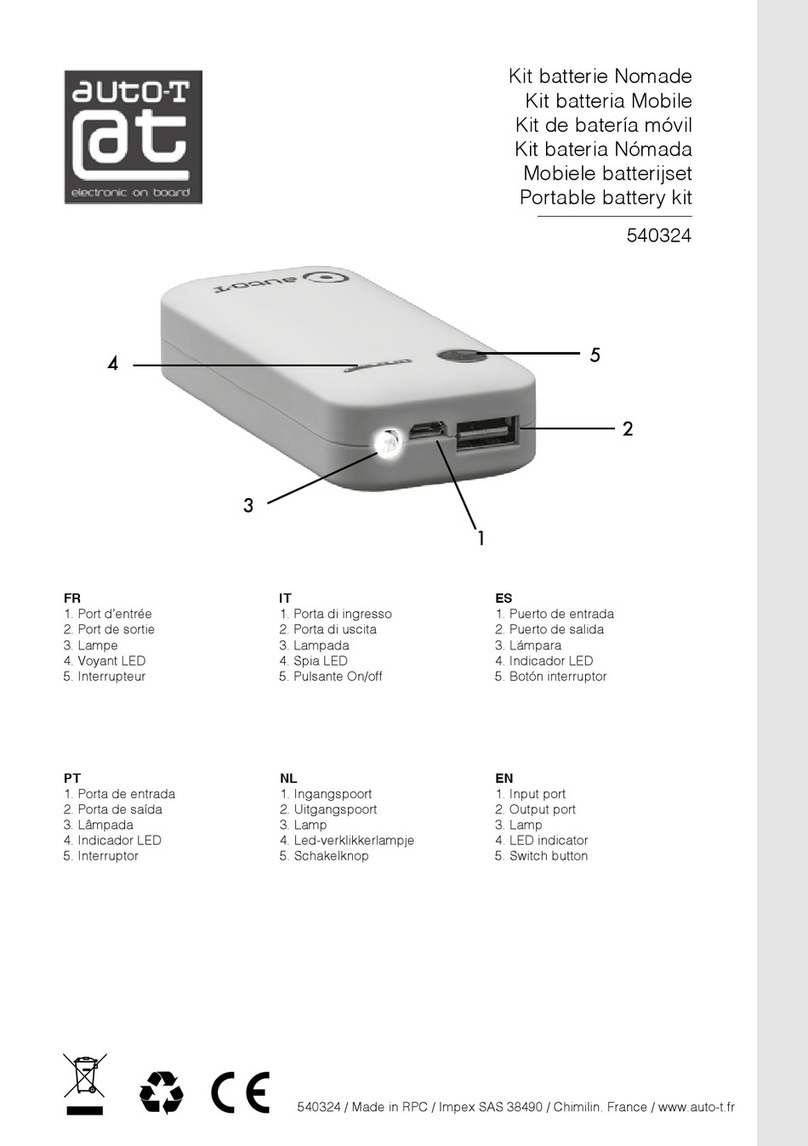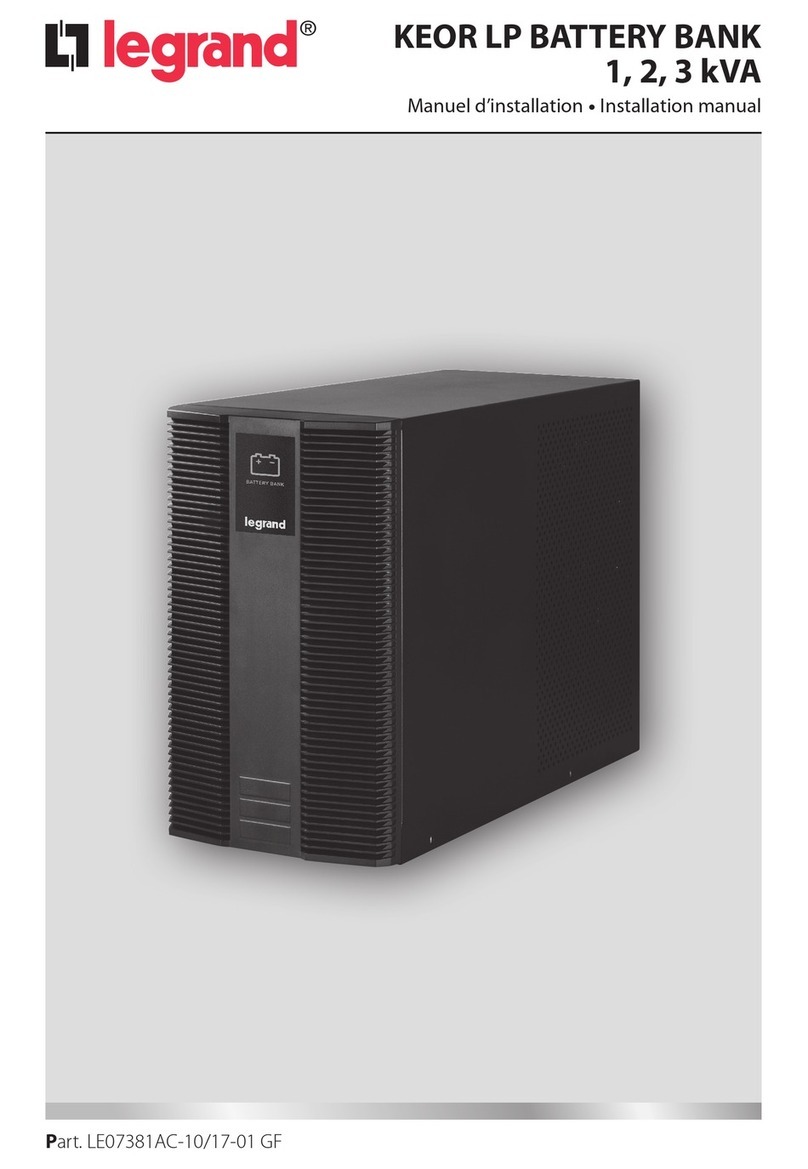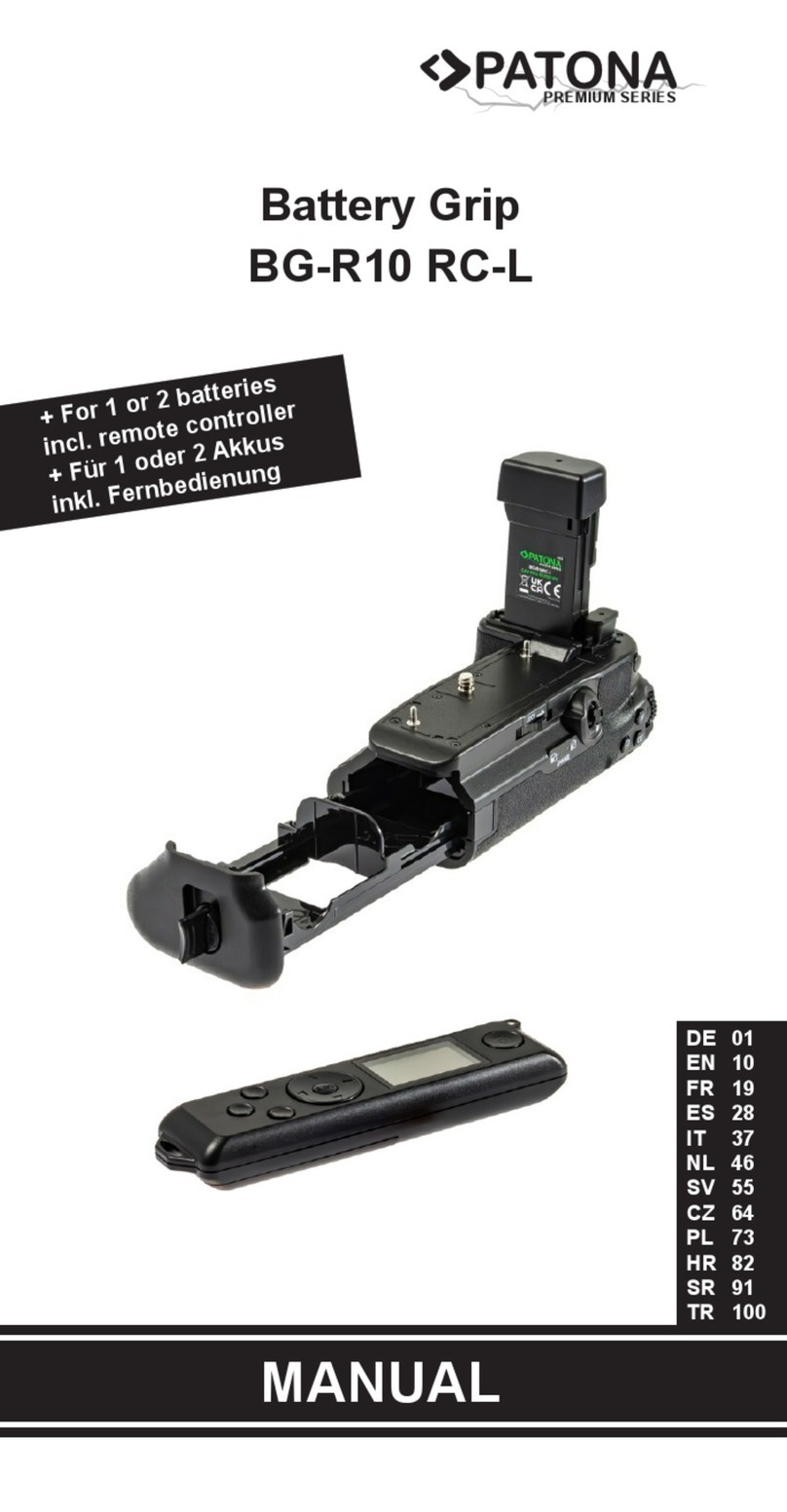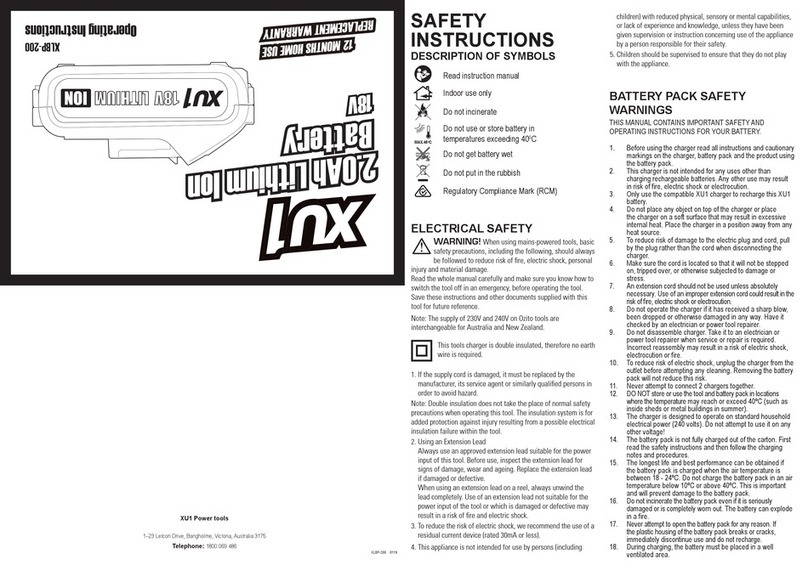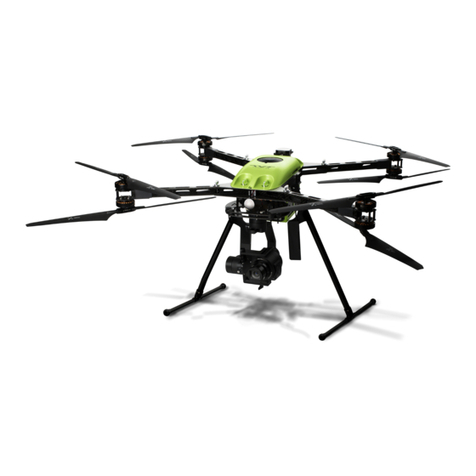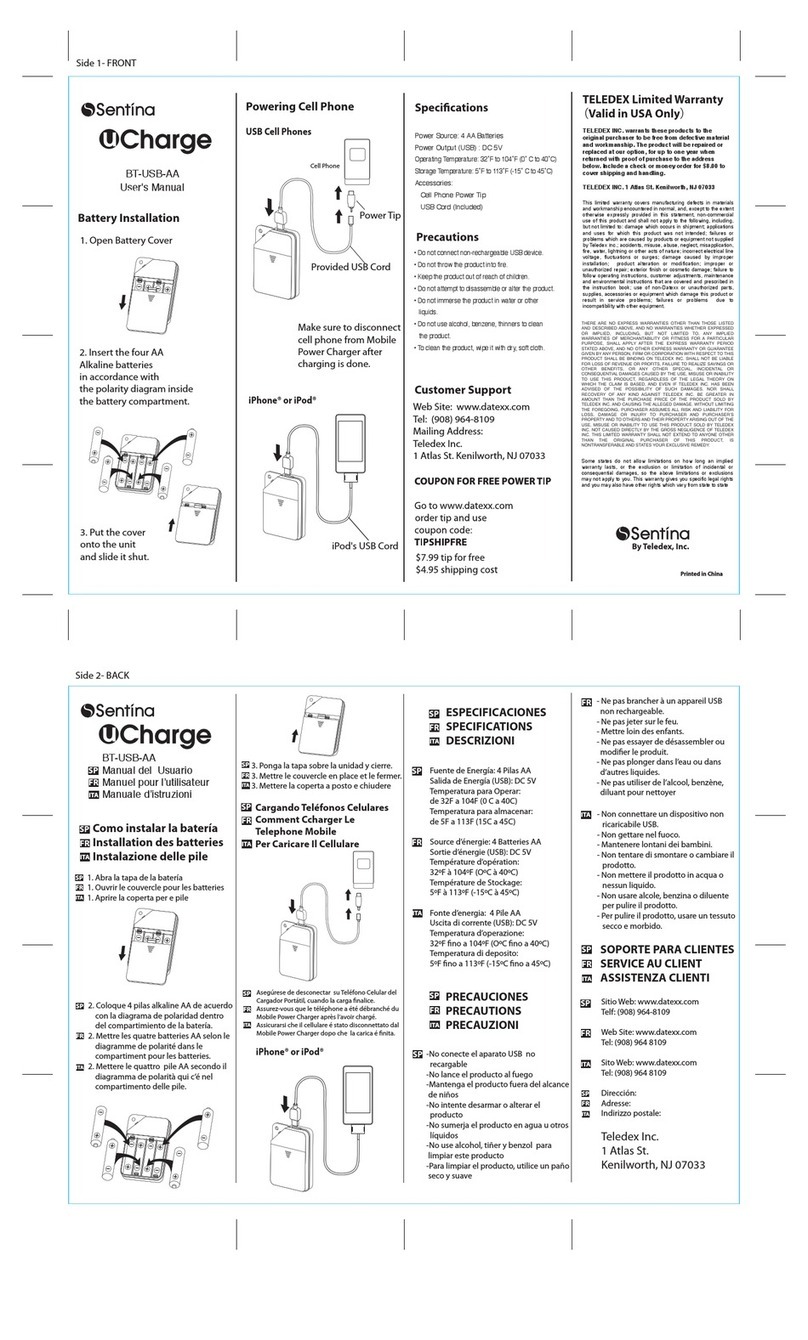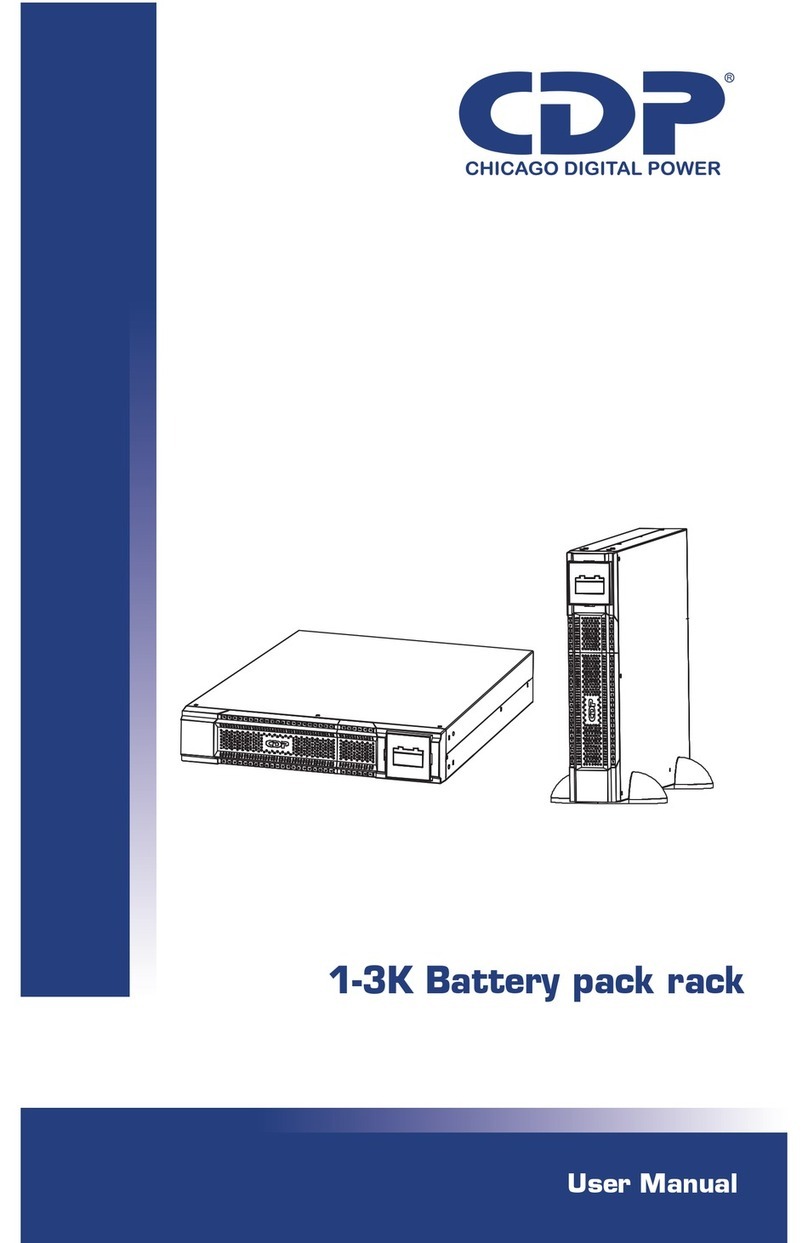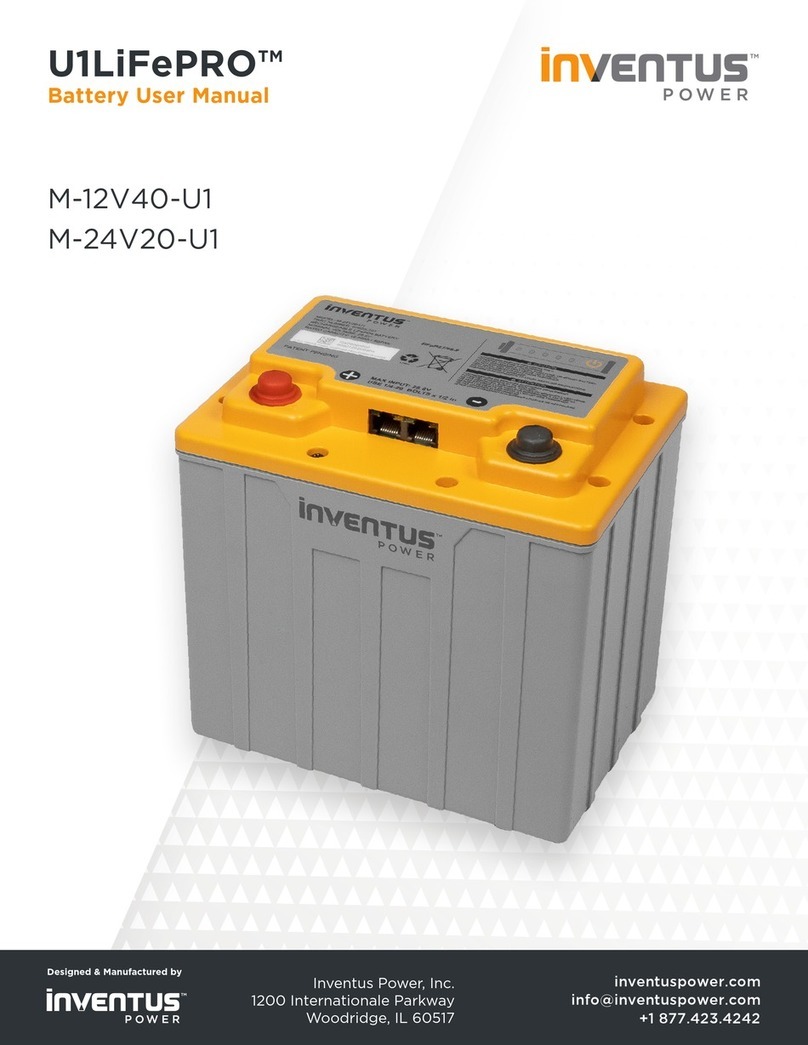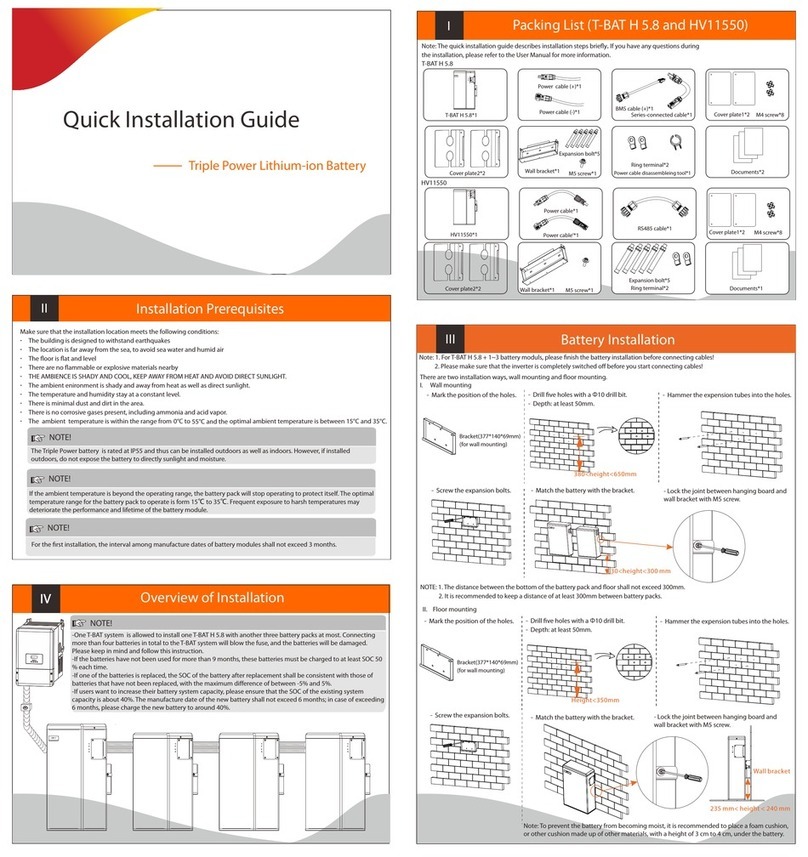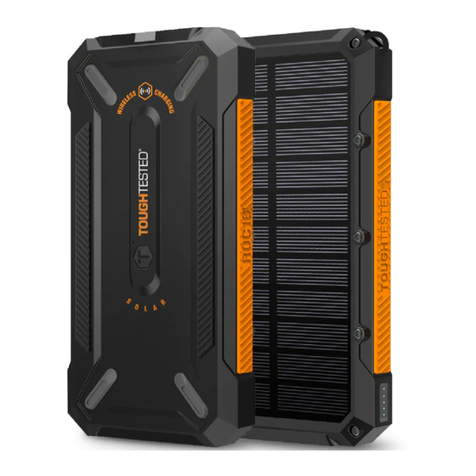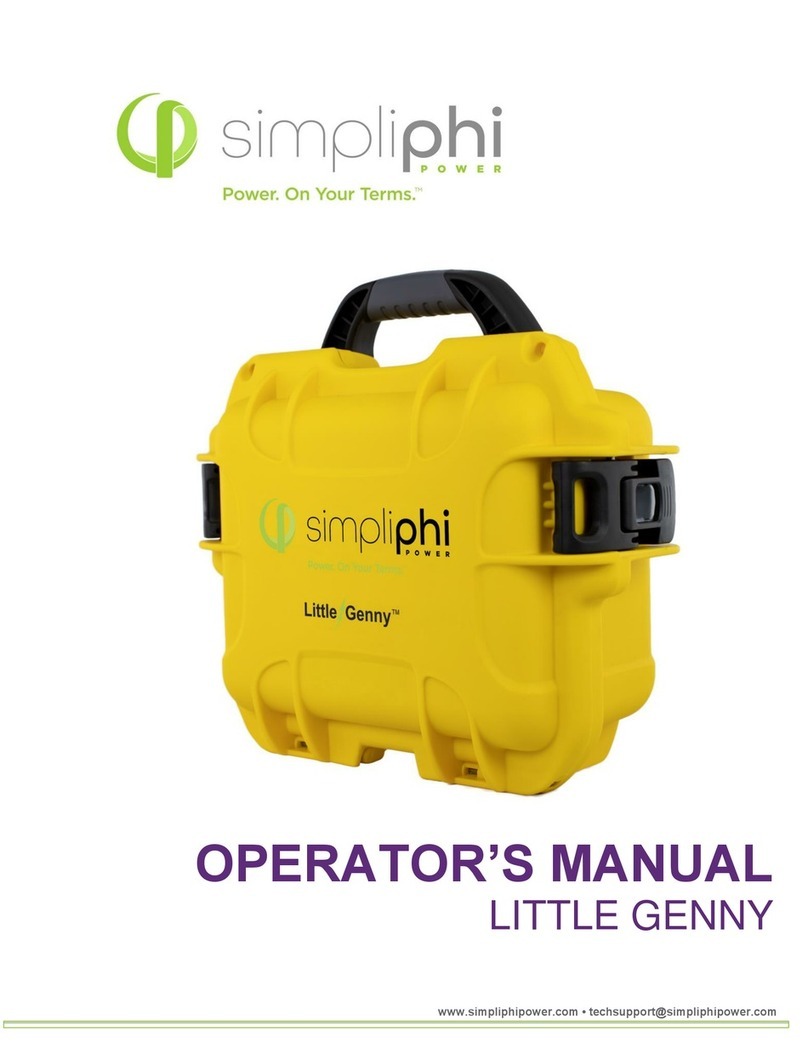Cleanfix 025.510 User manual

de Gebrauchsanleitung
en Operating Instructions
fr Notice d'utilisation
025.560
Li-Ion
Order No. Serial No.
18V LiHD 5,5Ah
025.510 3210011...
18V LiHD
10,0Ah 025.511 3210016...

de
Gebrauchsanleitung
Lesen Sie vor der Benutzung des Akkupacks
die Gebrauchsanleitung aufmerksam und
vollständig durch. Bewahren Sie alle dem
Akkupack beiliegende Dokumente auf.
• Akkupacks vor Nässe schützen!
• Keine defekten oder deformierten Akkupacks
verwenden!
• Akkupacks nicht öffnen!
• Kontakte der Akkupacks nicht kurzschließen!
• Akkupacks von Kindern fernhalten!
• Akkupacks nicht dem Feuer oder hohen
Temperaturen aussetzen!
•Warnung vor allgemeiner Gefahr!
•Aus defekten Li-Ion-Akkupacks kanneine leicht
saure, brennbare Flüssigkeit austreten!
•Falls Akkuflüssigkeit austritt und mit der Haut in
Berührung kommt, spülen Sie sofort mit reichlich
Wasser. Falls Akkuflüssigkeit in Ihre Augen
gelangt, waschen Sie sie mit sauberem Wasser
aus und begeben Sie sich unverzüglich in ärztliche
Behandlung!
• Transport von Li-Ion-Akkupacks: Der Versand von
Li-Ion Akkupacks unterliegt dem Gefahrgutrecht
(UN 3480 und UN 3481). Klären Sie beim Versand
von Li-Ion Akkupacks die aktuell gültigen
Vorschriften. Informieren sie sich ggfs. beim ihrem
Transportunternehmen. Zertifizierte Verpackung
ist bei Cleanfix erhältlich.
7
Die Akkupacks 6.24989...6.25596 sind für den
Einsatz in entsprechenden Cleanfix Akku-
Elektrowerkzeugen bestimmt. Nur in Cleanfix-
Ladegeräten laden. Mit CAS gekennzeichnete
Akkupacks sind zu 100% kompatibel mit CAS-
Geräten (Cordless Alliance System). Zur Auswahl
der richtigen Geräte wenden Sie sich bitte an Ihren
Händler. Beachten sie die Gebrauchsanleitungen
der verwendeten Geräte. Z.B. wird der Ladevorgang
vom Ladegerät angezeigt, Details hierzu können der
Gebrauchsanleitung des Ladegeräts entnommen
werden.
Für Schäden durch nicht bestimmungsgemäßen
Gebrauch haftet allein der Benutzer. Allgemein
anerkannte Unfallverhütungsvorschriften und die
Sicherheitshinweise müssen beachtet werden.
Vor der Benutzung den Akkupack aufladen.
1. Sicherheitshinweise
2. Bestimmungsgemäße
Verwendung
3. Benutzung

Voll geladenen Akkupack nicht erneut laden.
Laden Sie den Akkupack bei Leistungsabfall wieder
auf.
Die optimale Aufbewahrungstemperatur liegt
zwischen 10°C und 30°C. Die zulässige
Ladetemperatur liegt zwischen 0 °C und 50 °C.
Li-Ion-Akkupacks haben eine Kapazitäts- und
Signalanzeige (modellabhängig):
• Taste drücken und der Ladezustand wird durch die
LED-Leuchten angezeigt.
• Blinkt eine LED-Leuchte, ist der Akkupack fast leer
und muss wieder aufgeladen werden.
• Ausgediente Akkupacks enthalten große Mengen
wertvoller Roh- und Kunststoffe, die ebenfalls
einem Recyclingprozess zugeführt werden
können.
• Akkupacks dürfen nicht mit dem Hausmüll entsorgt
werden!
•Geben Sie defekte oder verbrauchte Akkupacks
an den Cleanfix-Händler zurück!
•Vor dem Entsorgen den Akkupack imElektrowerk-
zeug entladen. Die Kontakte gegen Kurzschluss
sichern (z. B. mit Klebeband isolieren).
•Akkupacks nicht ins Wasser werfen!
Cleanfix Reinigungssysteme AG
Stettenstr. 15, 9247 Henau, Switzerland
www.cleanfix.com
Änderungen im Sinne des technischen Fortschritts
vorbehalten. © by Cleanfix
4. Umweltschutz

en
Operating
Instructions
Before using the battery pack, read the entire
Operating Instructions carefully and thor-
oughly. Keep safe all documents accompa-
nying the battery pack.
• Protect battery packs from water and moisture!
• Do not use faulty or deformed battery packs!
• Do not open battery packs!
• Do not short-circuit the contacts of the battery
packs!
• Keep battery packs out of the reach of children!
• Do not expose battery packs to fire or high
temperatures!
•Warning - general danger!
•Slightly acidic, flammable fluid may leak from
defective li-ion battery packs!
•If battery fluid leaks out and comes into contact
with your skin, rinse immediately with plenty of
water. If battery fluid leaks out and comes into
contact with your eyes, wash them with clean water
and seek medical attention immediately.
•Transporting li-ion battery packs: The shipping of
li-on battery packs is subject to laws relating to the
carriage of hazardous goods (UN 3480 and UN
3481). Inform yourself of the currently valid specifi-
cations when shipping li-ion battery packs. If
necessary, consult your freight forwarder. Certified
packaging is available from Cleanfix.
7
The battery packs 6.24989...6.25596 are designed
for use in corresponding Cleanfix battery-operated
power tools. They must only be charged using
Cleanfix chargers. Battery packs marked with CAS
are 100% compatible with CAS devices (Cordless
Alliance System). To select the appropriate device,
please contact your Cleanfix dealer. Read the
relevant instructions for the devices used. For
example, the charging process is displayed onthe
charger. For details, see the charger instructions.
The user bears sole responsibility for any damage
caused by improper use. Generally accepted acci-
dent prevention regulations and the safety informa-
tion must be observed.
Charge the battery pack before use.
Do not recharge a fully charged battery pack!
1. Safety Instructions
2. Specified Use
3. Use

If performance diminishes, recharge the battery pack.
The ideal storage temperature is between 10°C and
30°C. The permissible storage temperature is
between 0°C and 50°C.
Li-ion battery packs have a capacity and a signal
indicator (depending on the model):
• Press the button and the charge level is displayed
by the LEDs.
• If one LED is flashing, the battery pack is almost flat
and must be recharged.
• Worn-out battery packs contain large amounts of
valuable raw materials and plastics, which can also
be recycled.
• Battery packs mustnot be disposed of with
regular waste.
•Return faulty or used battery packs to your
Cleanfix dealer!
•Before disposal, discharge the battery pack in the
power tool. Prevent the contacts from short-circu-
iting (e. g. byprotecting them with adhesive tape).
•Do not allow battery packsto come into contact
with water!
Cleanfix Reinigungssysteme AG
Stettenstr. 15, 9247 Henau, Switzerland
www.cleanfix.com
Changes due to technological progress reserved.
© by Cleanfix
4. Environmental Protection

fr
Notice d'utilisation
Avant d'utiliser ce bloc batterie, lisez attenti-
vement et entièrement la présente notice
d'utilisation. Conservez l'ensemble de la
documentation jointe au bloc batterie.
• Protéger les blocs batteries de l'humidité !
• Ne pas utiliser de blocs batteries défectueux ou
déformés !
• Ne pas ouvrir les blocs batteries !
• Ne court-circuitez pas les contacts des blocs batte-
ries !
• Tenir les batteries éloignées des enfants !
• Ne pas exposer les batteries au feu ou aux
températures élevées !
• Danger!
•Un bloc batterie défectueux Li-Ion peut occa-
sionner une fuite de liquide légèrement acide et
inflammable !
•En cas de fuite d'acide de la batterie venant en
contact avec la peau, rincer abondamment à l'eau.
En cas de projection dansles yeux, les laver à
l'eau claire et consulter immédiatement un
médecin !
•Transport de blocs batteries Li-Ion : l'expédition de
blocs batteries Li-Ion est soumise à la législation
sur les produits dangereux (UN 3480 et UN 3481).
Lors de l'envoi de blocs batteries Li-Ion, clarifiez
les prescriptions actuellement valables. Informez-
vous le cas échéant auprès de votre entreprise de
transport. Un emballage certifié est disponible
chez Cleanfix.
7
Les blocs batteries 6.24989...6.25596 sont conçus
pour une utilisation dans les outils électriques sans fil
Cleanfix correspondants. Charger uniquement dans
des chargeurs Cleanfix. Les batteriesportant la
mention CAS sont 100 % compatibles avec les
appareils CAS (Cordless Alliance System). Pour le
choix des appareils corrects, veuillez vous adresser à
votre revendeur. Observez les notices d'utilisation
des appareils utilisés. P. ex. si le processus de
charge du chargeur est affiché, vous trouverez des
détails à cet égard dans la notice d'utilisation du
chargeur.
L'utilisateur est entièrement responsable de tous
dommages résultant d'une utilisation non conforme
aux prescriptions. Il est impératif de respecter les
règlements généraux en matière de prévention
contre les accidents ainsi que lesconsignes de sécu-
rité.
1. Consignes de sécurité
2. Utilisation conforme aux
prescriptions

Charger le bloc batterie avant utilisation.
Ne pas recharger un bloc batterie entièrement
chargé.
En cas de baisse de puissance, recharger le bloc
batterie.
La température de stockage optimale se situe entre
10 °C et 30 °C. La température de charge admissible
se situe entre 0 °C et 50 °C.
Les blocs batteries Li-Ion sont pourvus d'un
indicateur de capacité et de signalisation (en
fonction du modèle) :
• Presser la touche pour afficher l'état de charge par
le biais des voyants à LED.
• Si un voyant à LED clignote, le bloc batterie est
presque épuisé et doit être rechargé.
• Les blocs batteries usagés contiennent des quan-
tités importantes de matières premières et de
matières plastiques de grande qualité pouvant
également être recyclées.
• Les blocs batteries ne doivent pas être jetés avec
les ordures ménagères !
•Ramener les blocs batteries défectueux ou usagés
à un revendeur Cleanfix !
•Avant d'éliminer l'outil électrique, décharger son
bloc batterie. Protéger les contacts contre les
court-circuits (p. ex. les isoler à l'aide de ruban
adhésif).
•Ne jetez pas les blocs batteries dans l'eau !
Cleanfix Reinigungssysteme AG
Stettenstr. 15, 9247 Henau, Switzerland
www.cleanfix.com
Sous réserve de modifications allant dans le sens du
progrès technique. ©by Cleanfix
3. Utilisation
4. Protection de l'environnement
This manual suits for next models
1
Table of contents
Languages:
